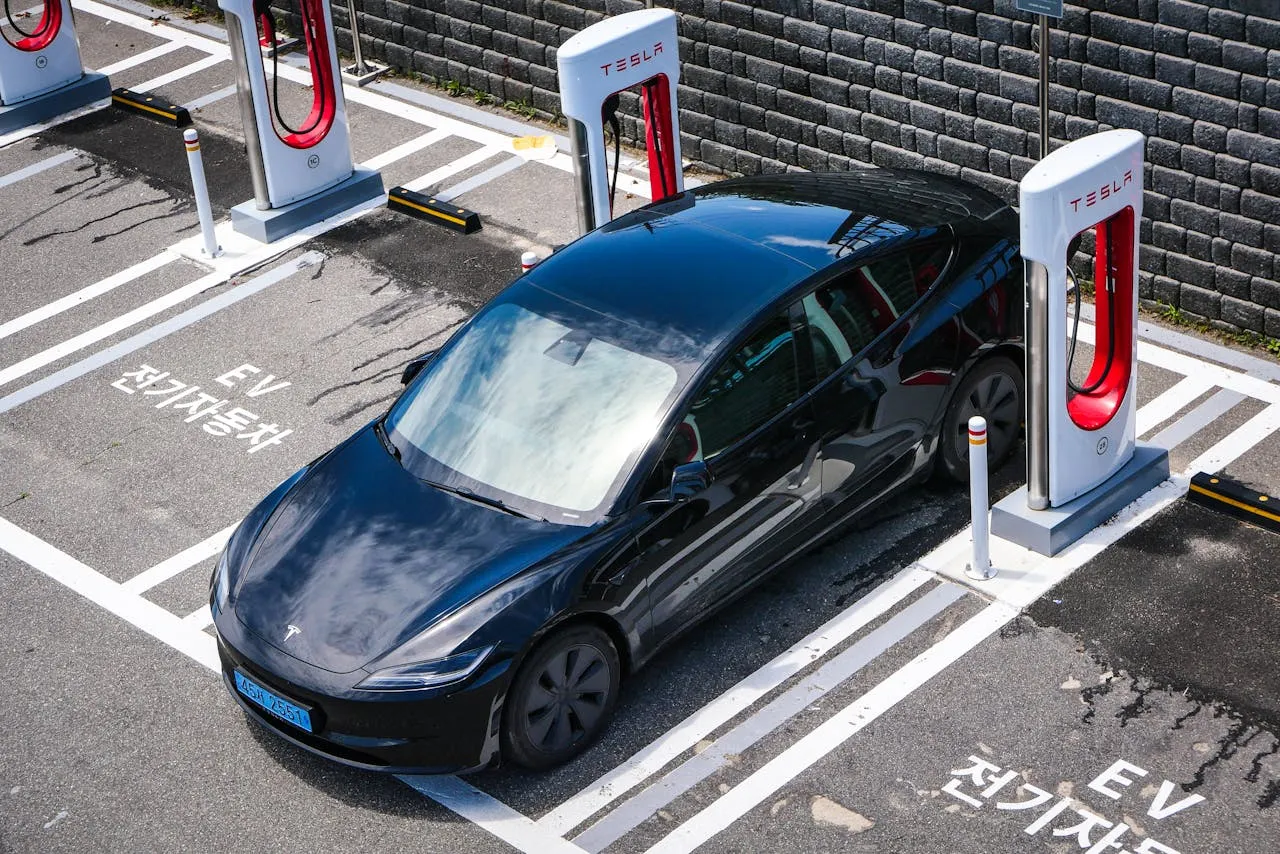
Why adapters matter now
Today, most GM electric vehicles on the road come with CCS1 (Combined Charging System 1) ports. CCS1 has been the dominant connector type across North America for years. But the industry is shifting. GM has committed to moving toward the North American Charging Standard (NACS), a connector format championed by Tesla and increasingly adopted by automakers and charging networks.
That change begins with the 2026 Cadillac OPTIQ and OPTIQ-V, the first GM models to ship with a native NACS port. Over time, the entire GM lineup will make the transition.
Here’s where things get complicated: for several years, vehicles will exist with both CCS1 and NACS ports, while public chargers themselves will also be split between the two systems. That overlap could create headaches for drivers—unless adapters step in to smooth the experience.
GM’s adapter suite is designed to do exactly that. By providing flexible, easy-to-use connectors, the company is giving its customers reliable access to more than 250,000 charging stations across North America, regardless of which plug type they encounter.
Standardization in perspective
This kind of transition isn’t new. Think back to smartphones, laptops, or televisions. For a long time, each brand or device came with its own cable—micro-USB, lightning, DisplayPort, VGA, and so on. Over time, the industry converged on universal standards like USB-C and HDMI. Those shifts simplified life for consumers and expanded compatibility across ecosystems.
The EV world is now at its own “USB-C moment.” Competing systems are giving way to a single format, which will ultimately make charging as straightforward as filling up with gasoline once was. Automakers, charging networks, and regulators are largely rallying around NACS, which means drivers will benefit from a smoother, more predictable charging experience.
GM’s adapters are essentially a bridge to that future—ensuring that customers aren’t left behind during the transition phase.
When you’ll need an adapter—and when you won’t
Not every charging situation requires an adapter. If you’re driving a 2026 Cadillac OPTIQ with a built-in NACS port and charging at home with GM’s PowerUp 2 NACS home charger, you can plug in directly. The setup is seamless.
But let’s say you’re on a road trip and the nearest available fast charger uses CCS1. In that case, the right adapter makes it possible to connect your NACS-equipped vehicle to that CCS1 charger. The same applies in reverse for drivers of current GM EVs equipped with CCS1 ports who encounter a station that only offers NACS.
The goal is flexibility: no matter the combination of car and charger, GM drivers can keep moving forward.
How to choose the right adapter
To make things straightforward, GM is offering a curated set of adapters, available through multiple channels:
- Apps: myChevrolet, myGMC, and myCadillac apps.
- Online: GM brand accessories websites.
- In-person: Local dealerships across North America.
These adapters are designed for ease of use and durability, minimizing hassle for drivers who want to spend less time fiddling with cables and more time enjoying the drive.
The bigger picture
The adapter rollout is just one step in GM’s broader electrification strategy. By embracing NACS while maintaining backward compatibility with CCS1, GM is signaling its commitment to both innovation and customer convenience. This balanced approach ensures that early adopters of GM EVs won’t feel stranded as the ecosystem evolves, while new buyers benefit from an industry-standard solution.
It also reflects a wider truth about technology transitions: they don’t happen overnight. Just as millions of homes still have a drawer of old phone chargers, the charging world will see a mix of formats for years to come. GM’s approach acknowledges that reality and offers a practical path forward.




